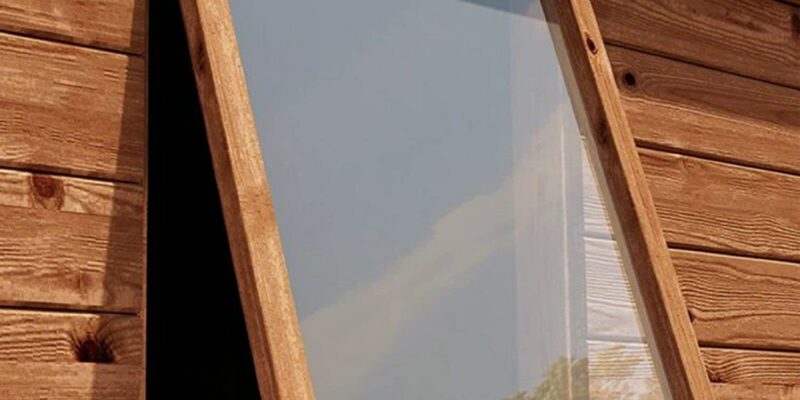It is often said that plastic sheets allow more light in. But is this the case? In order to find out, we need to take a closer look at how light interacts with plastic. We’ll also need to consider the pros and cons of using plastic sheets in place of traditional glass windows.
How Do Plastic Sheets Work?
Plastic sheets are made of a thin plastic material that is typically transparent, allowing light to pass through them when placed over windows. Plastic sheets work by reflecting some of the incoming light while still letting other light rays penetrate.
This means that a certain amount of ultraviolet (UV) radiation can enter your home or workspace even if you have plastic sheeting installed on windows.
The amount of light passing through the plastic sheet will depend on its type and thickness. Thicker sheets may transmit less light while thinner ones let more light in.
The quality of the material also plays an important role; some types may have higher transmission rates than others. Additionally, whether or not any UV protection has been added to the plastic sheet can impact how much light gets in.
However, there are several drawbacks to using plastic sheets instead of glass windows. Plastic can block some types of UV light, which can cause fading and damage to furniture and artwork over time.
In addition, extreme temperatures can cause warping or cracking in plastic sheets if they are not properly installed or maintained.
Finally, while plastic allows more light overall, it does not diffuse the light the same way that glass does. This can create harsh shadows and glare in certain areas of a room.
Do They Let More Light in Than Traditional Greenhouses?
Yes, plastic sheets allow more light into a greenhouse than traditional greenhouses. Plastic sheets have a much higher transmission rate of solar radiation when compared to traditional materials such as glass or polycarbonate panels.
This allows more light and heat to be transferred directly into the greenhouse, resulting in an environment with higher temperatures and increased growth rates for plants.
Some studies have found that plastic sheets can transmit between 70-90% of sunlight during the day, while traditional materials may only allow around 60%. This increased amount of light can help increase photosynthesis rates, leading to larger yields from your garden.
The improved insulation properties of plastic also help keep the temperatures in the greenhouse more stable throughout the day, allowing plants to remain at optimal temperature ranges for long periods of time.
Additionally, plastic sheets are much more lightweight than traditional materials, making them easier to transport and install. This makes them a great option for both backyard gardeners as well as commercial growers who need to quickly and easily set up greenhouses for large-scale production.
Overall, plastic sheets definitely allow more light than glass windows. However, it is important to consider the pros and cons before choosing them as an alternative.
If you decide to use plastic sheets as window coverings, make sure they are properly installed and maintained to avoid any potential damage from extreme temperatures or UV exposure. With proper care, plastic sheets can be an effective way to filter natural light while reducing energy costs.










Comments